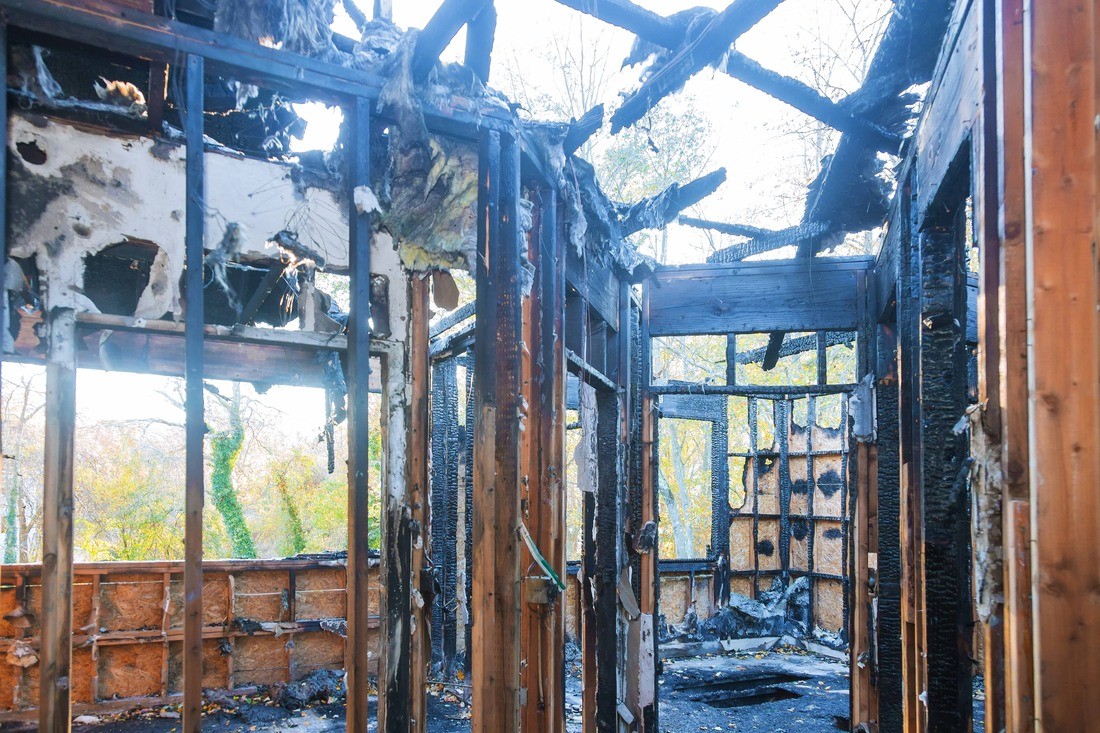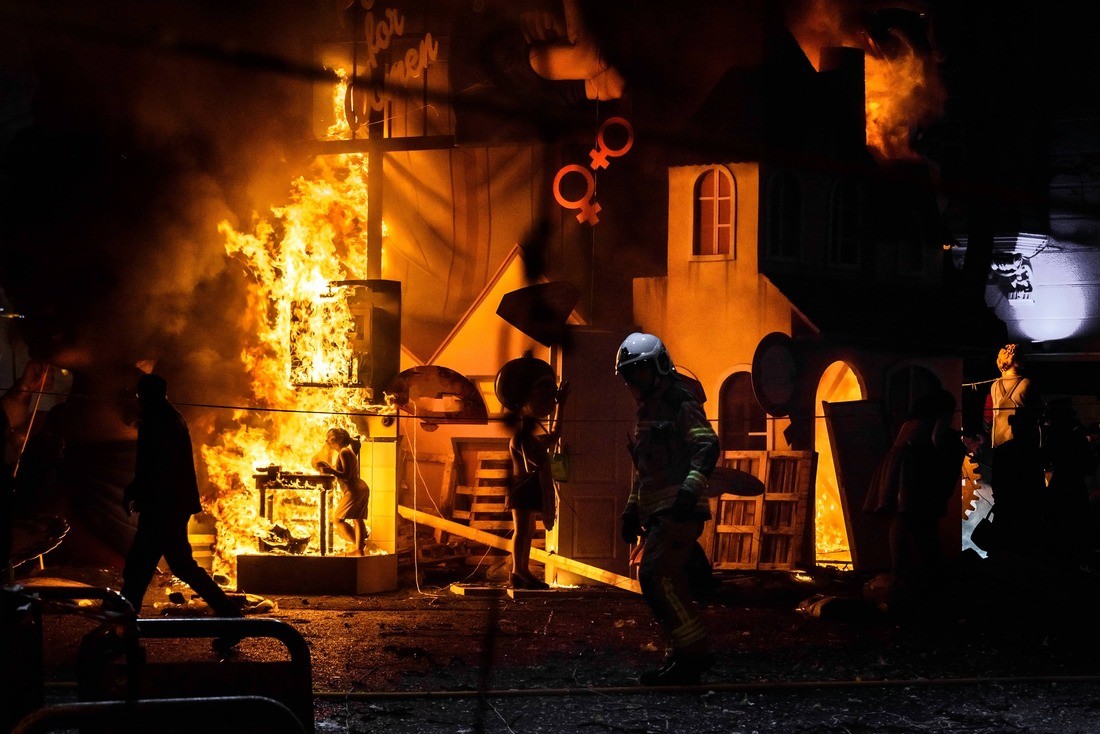
# Expert Tips for Fire Damage Restoration on a Budget
Fire damage can be devastating, both emotionally and financially. Restoring your property after a fire can be a challenging and costly process. However, with the right strategies and professional assistance, you can effectively restore your property without breaking the bank. In this article, we will provide expert tips for fire damage restoration on a budget.
## Understanding Fire Damage Restoration

Before diving into the tips, it’s important to understand what fire damage restoration entails. Fire damage restoration is the process of restoring a property to its pre-loss condition after a fire. This includes cleaning, repairing, and rebuilding areas that have been damaged by the fire, smoke, and water used to extinguish the fire.
## 1. Assess the Damage
The first step in fire damage restoration is to assess the extent of the damage. Take photographs and document all the areas that have been affected by the fire. This will help you prioritize the restoration process and communicate the scope of work to professionals.
## 2. Hire Professional Fire Damage Restoration Services
While it may seem counterintuitive to hire professionals when you’re on a budget, hiring professional fire damage restoration services can actually save you money in the long run. Professionals have the expertise, experience, and equipment to efficiently and effectively restore your property. They can also help you navigate insurance claims and ensure that the restoration process is done correctly.
.jpg)
Consider hiring a reputable fire restoration company, such as Service Water Restoration Pros. They offer a range of services, including fire cleanup, smoke damage restoration, soot cleanup, and water and fire damage restoration. With their expertise, you can rest assured that your property will be restored to its pre-loss condition.
## 3. Create a Budget
Creating a budget is essential for managing your expenses during the fire damage restoration process. Determine how much you can afford to spend on the restoration and allocate funds accordingly. Consider prioritizing essential repairs and postponing non-essential renovations until a later date.
## 4. Explore Insurance Coverage
Check your insurance policy to see if it covers fire damage restoration. Insurance coverage can significantly offset the cost of restoration. Contact your insurance provider to file a claim and ensure that you understand the coverage and reimbursement process.
## 5. DIY Cleaning and Salvaging
There are certain tasks that you can handle yourself to save money. Cleaning and salvaging items that are not severely damaged can be a cost-effective solution. However, be cautious when handling soot and smoke-damaged items, as they may contain harmful toxins. Wear protective gear, such as gloves and masks, and thoroughly clean and sanitize items before bringing them back into your home.
## 6. Opt for Restoring Instead of Replacing
In some cases, restoring damaged items can be more cost-effective than replacing them. Consult with professionals to determine if items like furniture, carpets, and appliances can be restored. Restoring items can save you money and help preserve sentimental or valuable belongings.
## 7. Prioritize Safety and Structural Repairs
When creating your restoration plan, prioritize safety and structural repairs. These repairs ensure a safe and habitable environment for you and your family. Ignoring safety and structural repairs can lead to hazardous conditions and further damage down the line. Allocate a significant portion of your budget to address these essential repairs.
## 8. Consider Cost-Saving Strategies
There are several cost-saving strategies to consider during the fire damage restoration process. For example, compare quotes from multiple contractors to ensure you’re getting the best price. Additionally, consider salvaging fire-resistant materials whenever possible, as they may be more durable and cost-effective in the long run.
## Important Facts About Fire Damage Restoration
In addition to the expert tips provided above, it’s also important to be aware of some important facts about fire damage restoration:
– Fire damage and water damage often occur concurrently. The water used to extinguish the fire can cause additional damage to your property.
– Inhaling smoke can be damaging to your lungs, and smoke can cause discoloration and corrosion of materials.
– Professional fire damage restoration services can help restore your property and ensure that all safety and structural repairs are properly addressed.
– The number of fire-related fatalities can vary from year to year. In 2021, the number of fire fatalities in New York City increased by 16% compared to the previous year.
## Frequently Asked Questions
How much does fire damage restoration cost?
Can I restore fire-damaged items myself?
By following these expert tips, you can effectively restore your property after fire damage while staying within your budget. Remember to prioritize safety and consult professionals for guidance throughout the restoration process.


